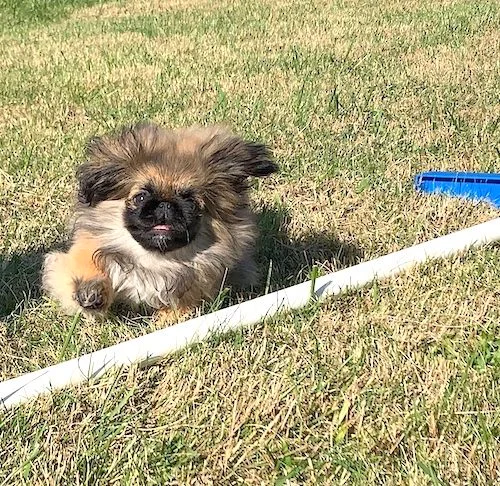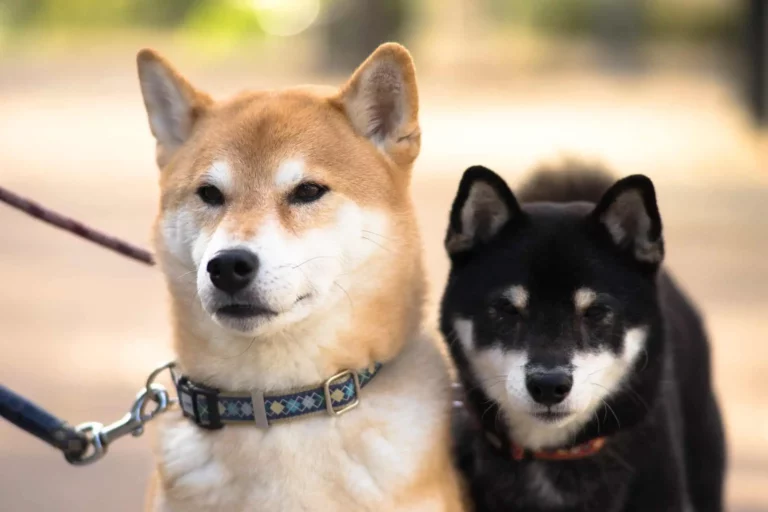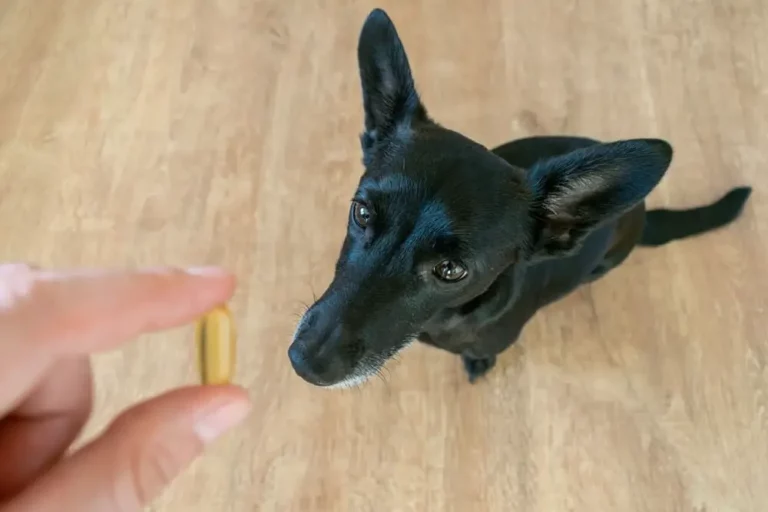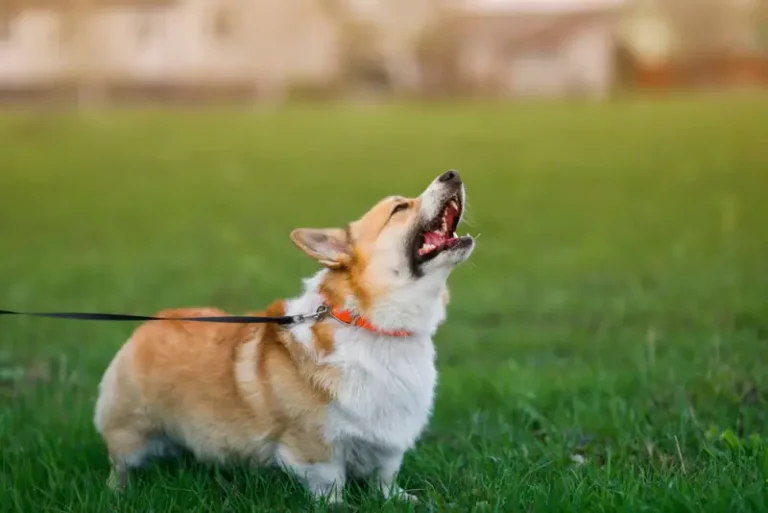Help! My Dog Stopped Jumping (11 Reasons and What to Do)
Whenever you come back home it’s always lovely to receive a warm welcome from your four-legged friend with jumps of excitement and relief. Jumping is also one of the funny ways your dog may try to gain your attention or make you play with him.
In fact, it is a behavior every happy pooch is known for. Hence, knowing that your dog has suddenly stopped giving you such an energetic response may be somewhat unsettling.
The common reasons why dogs suddenly stop jumping include pain and paralysis resulting from physical injuries, hip dysplasia, arthritis, patellar luxation, myasthenia gravis, IVDD, and neurodegenerative diseases. However, it can also be a manifestation of lethargy, a symptom of numerous health conditions in dogs.
Old age and obesity can worsen or predispose your dog to these joint problems.
Beware that some dogs might have past negative memories linked to jumping or may suddenly become scared of heights, as commonly seen in unsocialized pups. So, if you want your dog to jump to high places like a car or bed, aid them with the use of dog ramps.
If you observe that your dog has stopped jumping and you think he is experiencing some kind of pain that might be preventing this activity, it is strongly recommended to consult your vet to conduct a thorough examination and provide treatment based on the condition diagnosed.
Key takeaways
If your dog has suddenly stopped jumping, it could be due to a variety of reasons, including age, injury, or illness.
Arthritis, hip dysplasia, or other joint issues are common health problems in older dogs that can affect their ability to jump.
Any sudden change in behavior, like stopping jumping, warrants a veterinary check-up to rule out underlying health issues.
Pain, discomfort, or fear could also deter your dog from jumping as they usually would.
Some breeds are more prone to certain health issues that could affect jumping ability.
Always consult with a veterinarian for a proper diagnosis and treatment plan if your dog’s behavior changes unexpectedly.
Why Did My Dog Stop Jumping?
Here we are going to explain various reasons why your furry friend has disengaged from jumping activities.
1. Lethargy
It is quite common for dogs to experience general weakness when they are ill. We may perceive this as an unfortunate incident. But on the other hand, it is somewhat of a blessing in disguise because it can signal the presence of underlying health conditions that could range from mildly concerning to life-threatening.
Just like in humans, lethargic dogs often stay away from physically demanding activities like jumping, running, digging, and heavy exercise.
2. Trauma
If you observe that your pooch is either trembling, restless, arching his back, licking his body, panting, or yelping, this may indicate he is in pain and might have experienced an accident or fall, leading up to trauma.
This condition may also weaken your dog’s rear leg muscles making it difficult for him to carry out normal activities like jumping.
Toy breeds like Yorkies, Miniature Poodles, Maltese, and Pugs, are more susceptible to injuries when they fall, and these injuries often do a lot more damage in these small breeds.

3. Myasthenia gravis
Myasthenia gravis in dogs can be congenital, in which there are naturally fewer acetylcholine receptors, or acquired, where the immune system attacks the acetylcholine receptors. Either way, there is a malfunction in signal transmission between nerves and muscles.
Due to this abnormal signaling, your pet will be suffering from acute pain in neck and limb muscles that leads to reduced muscle contractions hence your pooch is unable to walk or jump.
4. Hip Dysplasia
Your pooch may also experience difficulty in jumping due to hip dysplasia. It is a condition caused by uneven development of the components of the hip joint. Large dog breeds are genetically predisposed to this condition. Other factors like excess weight and heavy exercise can be mechanical risk factors.
In hip dysplasia, the ball and socket joint becomes loose and unstable causing mobility problems. When the bones forming the hip joint rub together constantly scar tissue will develop and the cartilage will be worn out leading to arthritis.
5. Degenerative Myelopathy
In this condition, the white matter of the spinal cord degenerates, resulting in lower limb impairment of your pooch. In advanced stages, it may cause paralysis and loss of function in all four legs of the canine.
Dogs with this disease are not only deprived of jumping but also lose control of the bladder and bowel completely. They are usually seen dragging their back legs while walking.
6. Intervertebral Disc Disease (IVDD)
If your furry friend is yelping, jumping, or walking abnormally then he might be suffering from IVDD. Basically, the intervertebral discs are fibrocartilaginous pads between the vertebrae that are responsible for movements.
The degeneration of these discs is responsible for lower limb weakness, and paralysis, and ultimately your pooch becomes unable to walk or jump.
7. Arthritis
Another common reason why your dog might not be jumping, as usual, is arthritis. When the cartilage on the hip and elbow joints starts to wear off, joints become less smooth and start rubbing each other resulting in joint swelling. Arthritis (inflammation of the joints) can cause severe pain in the hips and limbs and your pooch may find it difficult to jump.
Related:
8. Cancer
Though rare, cancer can also render your dog incapable of jumping. To date, over six different types of cancers have been diagnosed in dogs. All sorts of cancer are lethal and can make your dog lethargic and paralyzed. Osteosarcoma is a common type of cancer in dogs that targets your dog’s limbs, making jumping and running a big challenge for your pooch. He may experience pain and swellings in his legs, ultimately hesitant of hopping and playing.
9. Kneecap Luxation
Whenever a healthy dog bends its knees, the kneecap slides up and down protecting the joint and helping movement. If this kneecap luxates (slips from its position), your pooch cannot bend or straighten its knees. Often, dogs with this condition are observed limping or walking on three legs, and incapable of jumping.
10. Lumbosacral Stenosis
When your dog cannot jump anymore he may be experiencing severe lower back pain from a condition known as lumbosacral stenosis. This is a spinal syndrome in dogs that exerts compression on nerves at the lower part of the spinal cord. It may lead to sciatica and back leg problems. A dog with this syndrome is unable to stand let alone jump.
11. Fear of Height
If your dog won’t jump to or from a high position, this could be a result of acrophobia. This is common in young pups because they are not well-adapted to height. When confronted with tasks demanding them to jump may become suddenly fearful and may restrict their jumping activities to level ground.
Also, dogs may have a previous bad experience jumping from heights or balconies. These accidents may prompt fear causing your pooch to shy away from jumping up.
What To Do When Your Dog Doesn’t Jump Anymore
Below we are going to share a few tips on the necessary actions to take if your pooch is not jumping anymore
1. Seek Medical Attention
If you notice your dog is constantly hesitant to jump or remains sluggish all day, it’s a matter of necessity and urgency to visit your vet. Your veterinarian will examine your dog, prescribe necessary medications or direct you on how to manage the condition especially if it is incurable.
In the case of arthritis, vets often prescribe your dog painkillers and anti-inflammatory steroids. Lifestyle modifications like dietary changes, incorporation of joint supplements, and certain exercises may also be recommended.
There is no known cure for neurodegenerative disease and its management is focused on relieving the symptoms and extending life span. Your dog may require special supplements, dietary changes, assisted walking and physical rehabilitation, and exercise for mental stimulation.
Like degenerative conditions, hip dysplasia is incurable but there are several treatments to improve your dog’s quality of life and prevent the unfavorable progression of this condition. In the advanced stages of hip dysplasia, hip replacement is usually the only solution.
2. Physical Therapy and a Balanced Diet
Physical rehabilitation is one of the best methods to make your pet active. Dogs with neurodegenerative disease, soft tissue injuries, arthritis, or recovering from surgery are encouraged to go through physical therapy. After all, it increases blood circulation, great mobility, balance, and joint strength. A pet owner can perform this therapy at home after getting instructions from the vet.
Alongside physical therapy, a proper diet plan is also important to boost your canine’s ability to jump and better immune system. For a dog, a balanced diet may include water, proteins, vitamins, and most importantly carbohydrates that give them the energy to bounce.
No products found.
3. Teach Your Dog To Jump On Command
If your dog is physically fit but not habitual of jumping then you should give basic training so he can jump when commanded.
Positive reinforcement is an effective training method you can use to inculcate this behavior into your dog. For a better result, first, choose a vast area, then place bars or hurdles for your pooch to jump over upon command.
You should have a lot of tasty rewards and praises for your pet to lure your dog into following your commands.
4. Help Your Dog Get To High Places By Deploying Dog Ramps and Stairs
If your pooch is reluctant to jump to or from high places, as a pet parent you should use ramps and stairs to promote jumping, especially in small breeds who cannot jump up to their beds or cannot take wide steps of stairs.
Ramps and dog stairs can help weak, old, or arthritic dogs to take a successful jump to their beds or sofas hence preventing further damage to their joints and systems.
Various Related Scenarios
Your Dog Won’t Jump And Is Shaking
If your pooch is shaking and has stopped jumping suddenly, chances are that he’s suffering from neurodegenerative disease, joint problems, myasthenia gravis, and shakers syndrome. This may be a sign of acute pain in many dogs. This condition will need quick medical oversight to prevent further advancement.
Your Dog Won’t Climb Stairs Anymore
If your pooch is hesitant to climb stairs. There can be multiple reasons behind this scenario like fear, injury, age, visual impairment, and anxiety, etc. You should train your dog to subdue his fear and anxiety of stairs. One should use harnesses to support your pooch’s back legs.
Your Dog Won’t Jump On The Bed
Dogs will refuse to jump onto beds for reasons like fear of extreme heights, especially in young pups or previous awful memories such as jumping and falling. For senior dogs, hind leg injuries, hip dysplasia, lethargy, arthritis, and IVDD may be the culprit. Dog ramps can become useful in aiding your dog get onto your bed
Your Dog Won’t Jump Into The Car
Your dog may hesitate to jump into the car because your pup had negative experiences in the past like car sickness or injuries. However, the car may be too high for him. Apart from that, your pooch might be experiencing pain or weakness.
You can help your dog by carrying him or using dog ramps to support him. To prevent car sickness, feed your dog 12 hours before traveling, use lavender sprays in the car, and if your pooch is suffering from pain then you must see a vet.
Final Thoughts: My Dog Stopped Jumping
It is always exciting to watch your dog roaming and romping happily and indeed, it tends to be disturbing to come to terms with the fact that your dog no longer jumps.
Your dog may be rendered incapable of jumping when trauma, bone, muscle, and joint problems, cancer, and neurodegenerative diseases disrupt its mobility functions.
Make sure you consult your vet quickly if your dog has disengaged from jumping. You can also help your dog by providing physical therapy to soothe his pain in this condition. Also, using different tools like ramps and stairs may become important in supporting your dog to climb to higher places.







